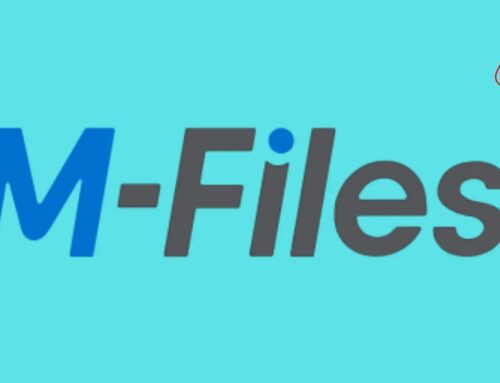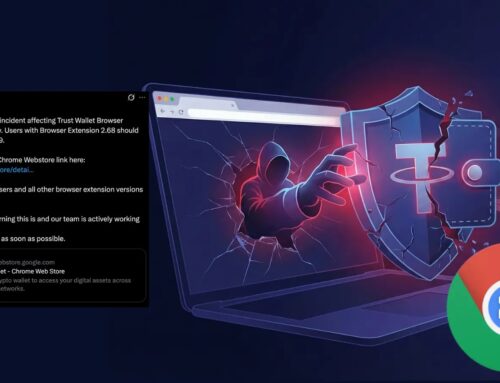
Hackers Weaponize QR Codes Embedded with Malicious Links to Steal Sensitive Information
In the evolving landscape of cyber threats, attackers constantly devise new methods to bypass traditional security measures. One particularly insidious tactic gaining traction is the weaponization of QR codes, embedding them with malicious links designed to steal sensitive information. This emerging threat, often termed “quishing,” poses a significant challenge due to its ability to circumvent established email and web filtering protocols.
The Rise of Quishing: A New Phishing Frontier
Cybersecurity researchers have observed a notable surge in phishing campaigns leveraging QR codes to deliver malicious payloads. Unlike conventional phishing emails that feature visible, clickable URLs, these attacks exploit the inherent opacity of QR codes. A seemingly innocuous QR code, perhaps encountered on a physical flyer, a digital document, or even in an email, can conceal a harmful URL. When scanned, this code redirects victims to credential-harvesting sites, initiates malware downloads, or leads to other deceptive content.
The deception stems from the user’s inability to inspect the embedded URL before scanning. While email gateways and web filters are adept at flagging suspicious text-based links, they often cannot analyze the content behind a QR code until it’s too late. This allows malicious QR codes to bypass many initial lines of defense, landing directly in a user’s device. For example, similar to how vulnerabilities like CVE-2023-38831 exploit parsing ambiguities, quishing exploits a visual ambiguity.
How Quishing Attacks Unfold
Quishing campaigns typically follow a specific pattern, designed to maximize user interaction and minimize suspicion:
- Initial Lure: Attackers might distribute malicious QR codes through various vectors, including email, instant messaging platforms, physical printouts left in public spaces, or even embedded within legitimate-looking documents.
- Social Engineering: The accompanying text or context often employs social engineering tactics, urging the user to scan the QR code for a “special offer,” “account verification,” or “important information.”
- Opaque Redirection: Upon scanning, the user’s device is immediately redirected to a malicious website. This site is frequently a meticulously crafted replica of a legitimate login page for services like banking, email, or social media.
- Information Theft: Unsuspecting users enter their credentials or personal information into these fake sites, which are then harvested by the attackers. In some cases, the redirection might lead to the automatic download of malware onto the user’s device.
The Allure for Attackers
The primary advantage for attackers utilizing quishing is its ability to bypass traditional security infrastructures. Email filters are primarily designed to scan text and known malicious URLs. Since the actual malicious URL is encapsulated within the QR code’s visual pattern, these filters often fail to detect the threat. Furthermore, the rapid adoption of QR codes in everyday life, from contactless payments to restaurant menus, has normalized their use, making users less cautious about scanning them.
Remediation Actions and Best Practices
Mitigating the threat of quishing requires a multi-layered approach, combining technological safeguards with robust security awareness training:
- Verify the Source: Always scrutinize the origin of any QR code before scanning. If it comes from an unexpected sender, or if it’s placed in an unusual location, exercise extreme caution.
- Use a Secure QR Code Scanner: Employ QR code scanner apps that offer basic security checks, such as previewing the URL before redirection, and flagging potentially suspicious domains. Some modern smartphone cameras integrate this feature.
- Educate Users: Implement comprehensive user awareness training programs that highlight the dangers of quishing. Teach employees and users to be suspicious of unsolicited QR codes and to understand the risks associated with scanning unknown codes.
- Implement Web Filtering: Ensure robust web filtering is in place, capable of blocking access to known malicious domains, even if accessed via a QR code redirection.
- Multi-Factor Authentication (MFA): Enforce MFA for all critical accounts. Even if credentials are stolen through a quishing attack, MFA can prevent unauthorized access.
- Endpoint Security: Maintain up-to-date antivirus and anti-malware solutions on all devices. These tools can help detect and block malware downloads initiated by malicious QR codes or prevent access to known phishing sites.
Tools for Detection and Mitigation
While direct “quishing detection” tools are nascent, a combination of existing security solutions can help mitigate its impact:
| Tool Name | Purpose | Link |
|---|---|---|
| Phishing Simulators (e.g., KnowBe4) | Simulate quishing attacks to educate users and identify vulnerable individuals. | https://www.knowbe4.com/ |
| Advanced Email Security Gateways | Analyze email attachments and links for suspicious behavior, though QR code scanning capabilities are evolving. | Vendor-specific (e.g., Proofpoint, Mimecast) |
| Enterprise Web Proxies/Filters | Block access to known malicious URLs, regardless of how they are accessed. | Vendor-specific (e.g., Zscaler, Palo Alto Networks) |
| Mobile Threat Defense (MTD) Solutions | Detect and prevent malware infections on mobile devices that might occur from scanning malicious QR codes. | Vendor-specific (e.g., Check Point Harmony Mobile) |
Conclusion
Quishing represents a significant evolution in phishing tactics, exploiting the convenience and inherent visual obfuscation of QR codes to bypass traditional security controls. Organizations and individuals must recognize this emerging threat and adapt their security posture accordingly. Prioritizing user education, implementing robust technical controls, and maintaining vigilance against unexpected QR code interactions are crucial steps in defending against this sophisticated form of social engineering.





